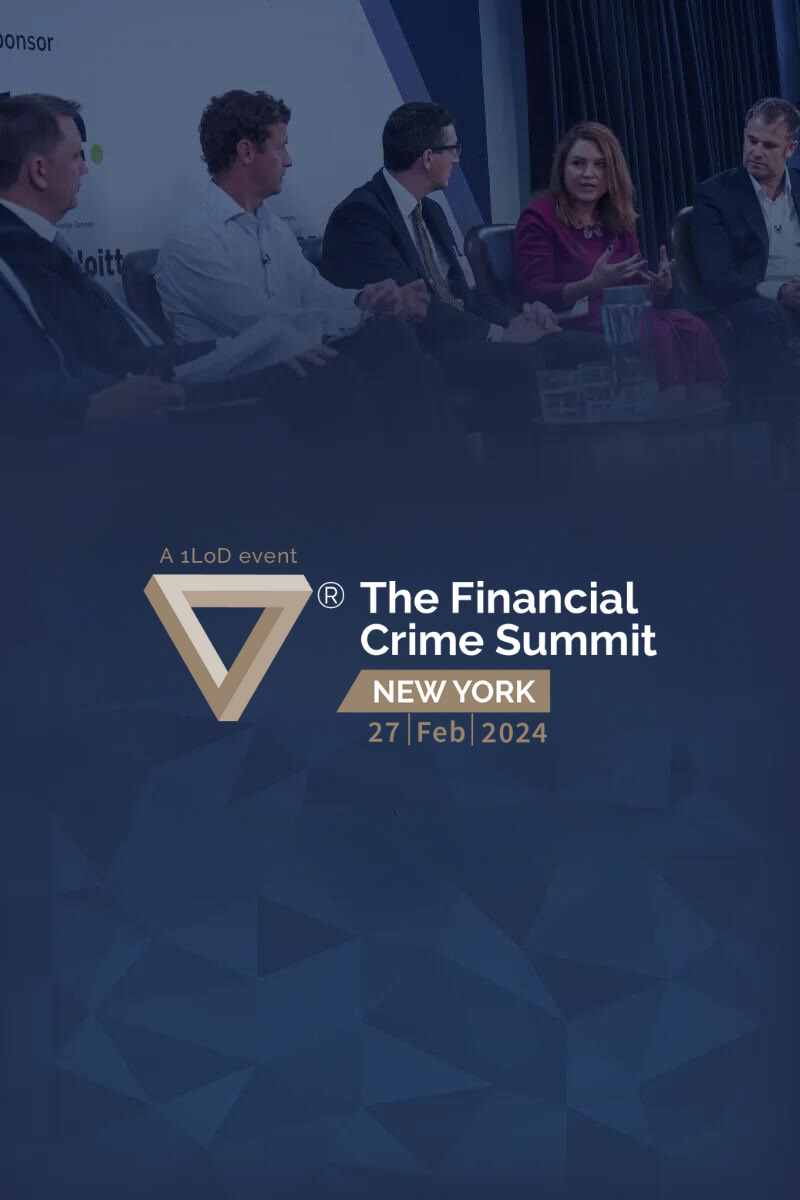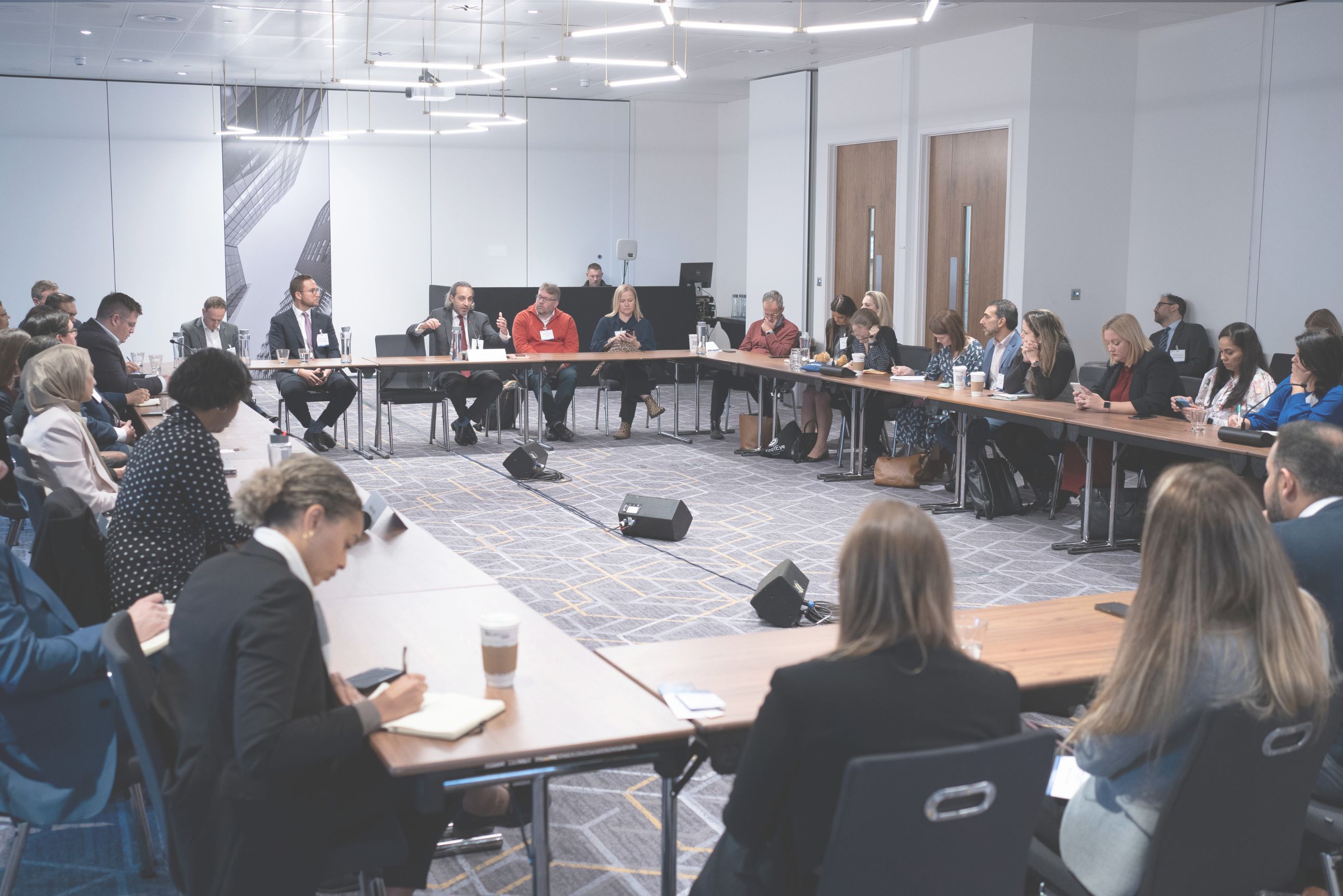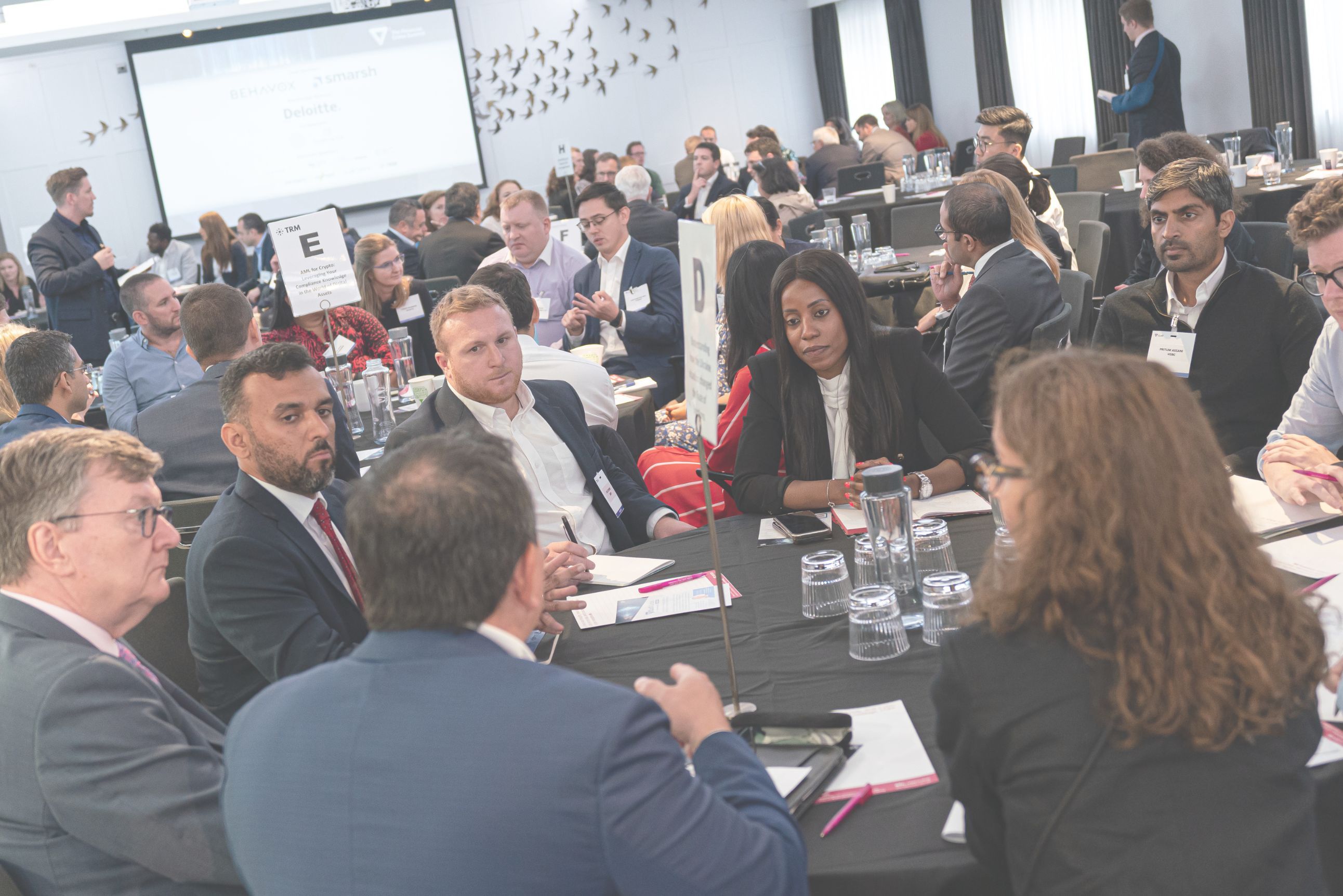08:10
-
Registration and Coffee30 mins
08:40
-
10 mins
08:50
-
10 mins
09:00
-
10 mins
09:10
-
50 mins
- With the evolving landscape of financial crime prevention, how should banks reshape their financial crime teams and leverage advanced technologies to adapt to emerging threats?
- Which strategic approaches can banks adopt to proactively identify and address evolving financial crime risks, leveraging data analytics and scenario planning to enhance risk management capabilities?
- How are banks developing their frameworks to incorporate new FinCEN directives? Should banks be looking at incorporating regional directives into a global financial crime framework?
- Can the role of technology in financial crime functions be predicted in the future? How are banks shifting in their reliance on technology, and is this for the better?
10:00
-
Coffee Break & Networking in the Exhibition Area30 mins
10:30
-
40 mins
-
40 mins
-
40 mins
-
40 mins
-
40 mins
-
40 mins
-
40 mins
-
40 mins
-
40 mins
-
40 mins
-
40 mins
-
40 mins
-
40 mins
11:15
-
40 mins
- Given the growing complexity of corporate loan fraud schemes, how can banks enhance their due diligence processes to ensure accurate risk assessments and detection of fraudulent activities?
- How can banks collaborate with governmental agencies and bodies, given an increase in investment scams, to detect fraudulent registering of companies?
- What steps can banks take to implement predictive modelling techniques for fraud prevention, leveraging historical data and machine learning algorithms to proactively identify high-risk loan applications and mitigate fraudulent activities?
- How are banks managing crossjurisdictional fraud requirements for clients across different product offerings?
-
40 mins
- What is best practice when defining clients as low, medium, or high risk and how are banks ensuring the appropriate risk rating categories?
- Which considerations should banks be focusing on when categorising their clients as low-, medium- or high-risk?
- How are banks defining changes in triggers in their continuous risk monitoring of clients? What strategies are banks employing to ensure the CRR model remains dynamic and responsive to evolving risk factors?
- How can banks utilise transaction monitoring systems to detect abnormal behaviour patterns and scenarios? Which technologies are best suited for client risk rating?
-
40 mins
- How can banks ensure that they are effectively identifying, assessing, and mitigating the associated risks of circumvention?
- What are the current circumvention threats, risks, and red flags? How are banks identifying emerging threats in sanctions circumvention?
- How are banks navigating sanctions risks with third-party and cross-jurisdictional transactions? How are banks ensuring alignment of their risk appetite with increased sanctions guidelines?
- To what extent are sanctions teams effective? How can the use of AI in circumvention detection create a more efficient risk management system for banks?
12:00
-
15 mins
12:20
-
40 mins
- How can banks create a comprehensive catalogue of fraud risks across the business? How can these be incorporated into a sound fraud risk assessment?
- How can senior leadership teams employ tools that appropriately assess, quantify, and report loss experience and exposure from fraud?
- How can banks ensure their internal controls appropriately respond to fraud, suspected fraud, or allegations of fraud?
- What role do banks’ formal governance forums play in promoting employee accountability in fraud risk management?
-
40 mins
- How can banks look to combining different data feeds for more effective case management in financial crime detection?
- How can AI and advanced analytics improve the detection capabilities of integrated systems by analysing both structured and unstructured data?
- What strategies can banks employ to continuously improve and adapt their integrated systems to address emerging financial crime risks effectively, such as updated scenario-based monitoring rules and refining algorithms?
- How can banks overcome the challenge of data silos and ensure seamless integration of information between TM systems and media screening tools to enhance the effectiveness of their financial crime efforts?
-
40 mins
- Why are banks undertaking de-risking as part of their strategy?
- How are banks assessing certain customer segments as high-risk?
- To what extent is the termination of account relationships forcing entities into less regulated or unregulated channels?
- How are banks managing the reputational risk considerations when off-boarding clients deemed too high-risk?
- How are banks determining that their RBA frameworks are managed effectively, to combat the unintended consequences of de-risking?
- How can technology aid banks in assessing AML/CFT risk appropriately, to minimise unnecessary de-risking of clients?
13:00
-
Lunch & Networking in the Exhibition Area40 mins
13:40
-
10 mins
13:50
-
40 mins
- How are regulators providing clear guidance and oversight in order for banks to implement a proactive approach to financial crime risk management?
- How are banks responding to an increased expectation around risk management and reporting? Are banks correctly leveraging data analytics and improving reporting mechanisms to better identify money laundering and illicit activity?
- What public-private initiatives have been effective and successful, in order to provide clear feedback loops to banks? How can these initiatives be enhanced for more effective detection and prevention of financial crime?
14:30
-
40 mins
- How effective are current financial crime frameworks adapting for crypto and digital asset products?
- How appropriate are current AML regulations for Crypto Asset Service Providers (CASPs) and Crypto custodians?
- Does the lack of a standardised global approach to AML regulation provide opportunities for criminals to circumvent the rules? How could global regulatory collaboration provide clear directives for banks in emerging markets?
- How does removing the need for intermediary financial institutions provide opportunities for criminals to evade AML and financial crime measures by removing the need to engage and operate with third parties?
- How can banks ensure their exposure to financial crime risk from crypto and digital assets is appropriate and proportionate?
-
40 mins
- What are the areas of consideration for standardisation of a KYC framework across business lines and products?
- Which aspects of the onboarding process can be successfully automated, to ensure that employees are carrying out higher value-added tasks?
- How can banks ensure the effective application of a risk-based approach (RBA) and ensure employees are aware of the risks the business is exposed to?
- In what ways do regulatory requirements and industry standards impact the optimisation of the onboarding process? How can the business adapt their onboarding strategies to remain compliant whilst streamlining the customer experience?
-
40 mins
- How are banks’ financial crime units adapting their internal controls to better detect and report activities related to proliferation financing?
- What specific training and resources are necessary for bank staff to effectively recognise and mitigate sanctions exposure risks associated with proliferation financing?
- How are banks managing the recent evolving international sanctions regimes?
- What are the challenges and opportunities in using artificial intelligence and machine learning to enhance the detection of proliferation financing within financial transactions at banks?
15:10
-
Coffee & Networking in the Exhibition Area30 mins
15:40
-
40 mins
-
40 mins
-
40 mins
-
40 mins
-
40 mins
-
40 mins
-
40 mins
-
40 mins
-
40 mins
-
40 mins
-
40 mins
-
40 mins
-
40 mins
16:25
-
40 mins
- What are the key factors to consider when deciding to prioritise building a skilled team or acquiring the necessary technology? How do key stakeholders’ objectives, existing resources and technological requirements influence the decision-making process?
- When enhancing financial crime compliance measures, what considerations must be taken into account when determining the appropriate team size and adoption of technologies?
- How do regulatory requirements, the complexity of financial crime risks and emerging illicit threats influence the decision-making process?
- Which strategies can banks employ to ensure seamless integration with existing financial crime teams and processes? How can banks foster collaboration to leverage the strengths of teams and technology for a holistic financial crime prevention programme?
17:05
-
50 mins
17:55
-
5 mins
18:00
-
Drinks Reception in the Exhibition Area60 mins






